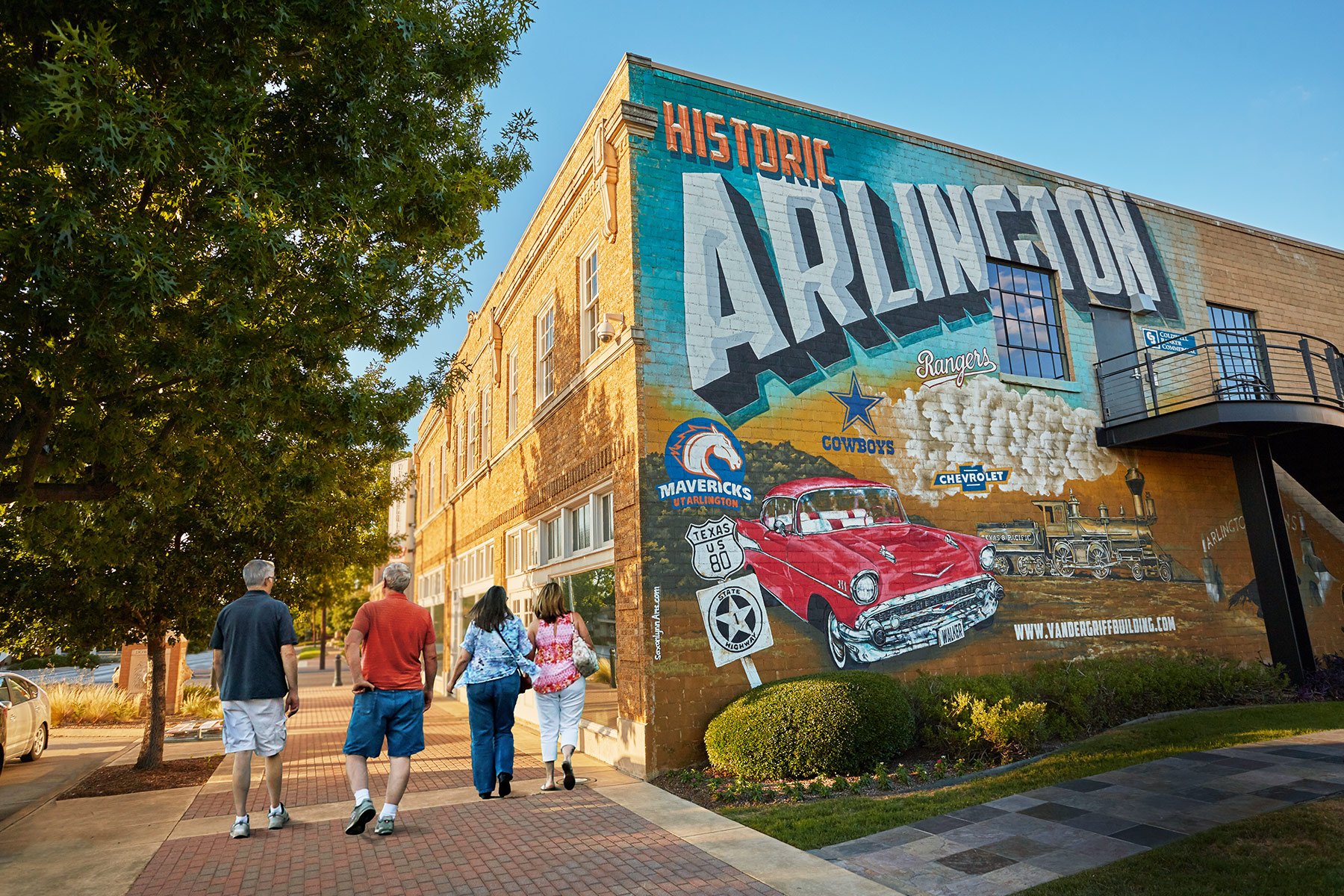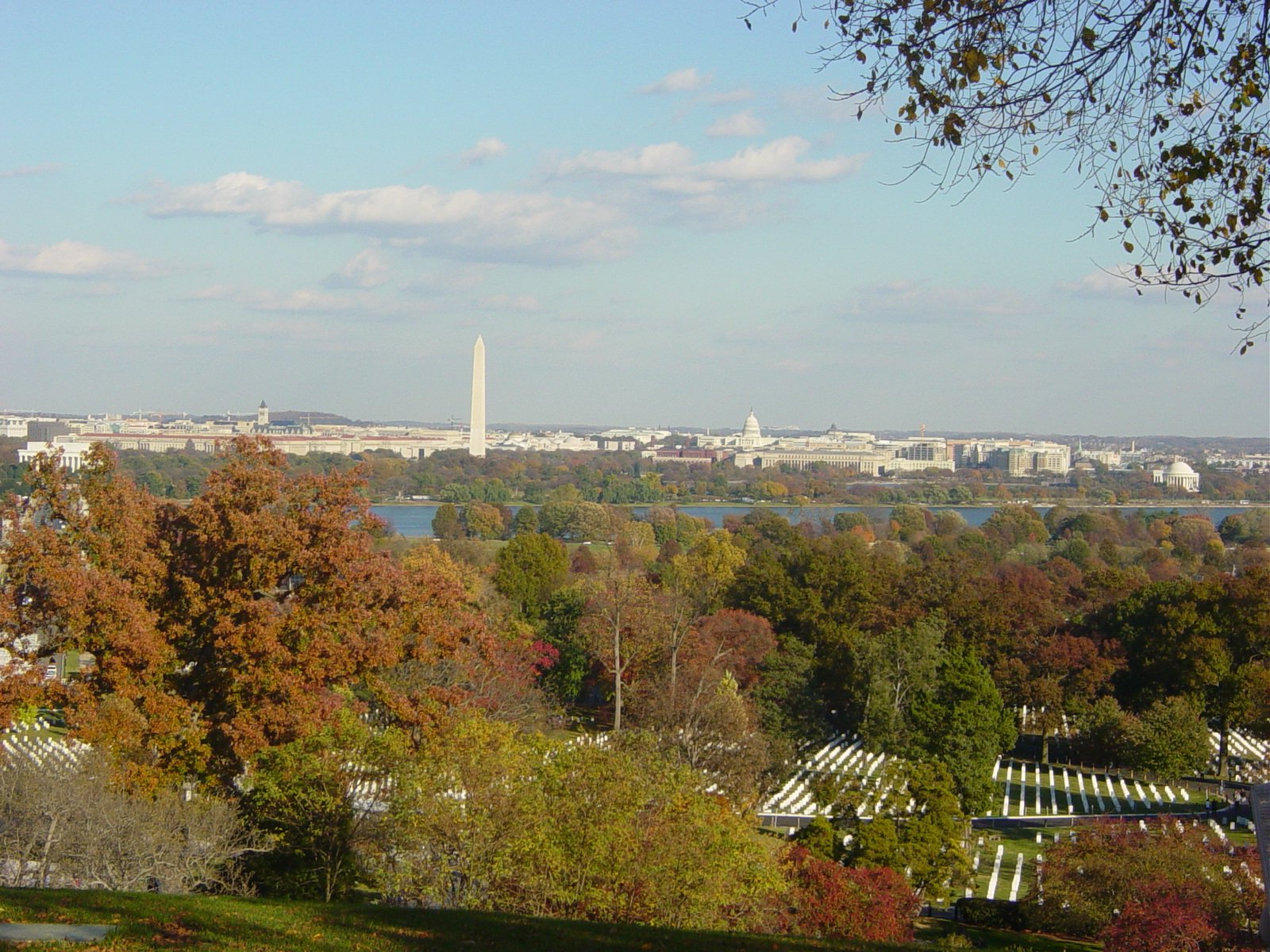Arlington House Reopens With New Emphasis On Those Enslaved There : NPR
Table Of Content

The plantation was started in 1803 by George Washington Parke Custis, the stepgrandson of George Washington. Lee married Custis’s daughter, Mary Anna Randolph Custis, in 1831, at the home and the couple lived there until just after the Civil War began. The reunion, long in the planning, was an opportunity to “touch people and inspire people and celebrate our shared past together,” said Hammond, who is a family historian and occasionally gives tours of the property.
Preserve Our Parks
A West Point graduate and the son of a three-term Virginia governor, Robert E. Lee commanded the Confederate Army during the Civil War. The Lees inherited the Custis estate in 1857 — including 196 enslaved persons, who lived and worked on the plantation. This landmark Craftsman was designed by noted architect Frank M. Tyler in 1908; the name comes from a senator who lived in the house.
Arlington House, The Robert E. Lee Memorial
Maria would have been in daily contact with Charles Syphax who rose to a position of prominence and responsibility by managing the dining room at the Mansion. Maria and Charles fell in love and were married in 1821 in the mansion's family parlor. Although there is no DNA evidence, the circumstantial evidence of Maria's parentage is overwhelming. Maria Carter was raised as the personal maid and servant-companion of Custis's daughter, Mary, the heir to Arlington and the future wife of Robert E. Lee. In May 2009, Save Historic Arlington House (SHAH) was established as an auxiliary fundraising organization to help with the restoration, maintenance of the house and grounds, along with the preservation of historical memories of both the enslaved and free who lived there. With the Foundation's support, NPS has been able to replace window treatments, restore frescoes and acquire artifacts for exhibit.
Walker Mansion
This is the first time Torres has been back to Arlington House since she was a child. During this renovation, the National Park Service worked to uncover and restore as much information as possible about those enslaved at the site. But it stands in stark contrast to the main house, where Lee's accounts and possessions were meticulously preserved over the more than 150 years since his death. In this cottage, Charles and Maria gave birth to eight of their 10 children. As a result, the descendants of Maria and Charles celebrate their direct descent from the first, First Lady, Martha Washington.
Neighbors, witnesses react to deadly house explosion - WUSA9.com
Neighbors, witnesses react to deadly house explosion.
Posted: Tue, 05 Dec 2023 08:00:00 GMT [source]
Through the use of various interpretive tools, however, the story is unfolding more expansively to include the many African Americans and their families who once labored and lived here, in slavery and in freedom. Arlington encompassed 1,100 acres, where Custis-owned slaves cultivated crops including corn and wheat. After the 1857 death of his father-in-law, Lee took over management of the estate, which his wife had inherited. It was a time of frustration for some slaves, who had anticipated freedom at the death of G. Lee, dealing with a complex will and large residual debt, called it “an unpleasant legacy,” and did not formally free the Custis slaves until January 1863. After the resolution of the legal dispute with George Washington Custis Lee, the U.S.
History
Originally constructed between 1802 and 1818, the house was built to be both the residence of George Washington Parke Custis and as the nation's first memorial to his adoptive grandfather, George Washington. The home became the repository of hundreds of relics and artifacts that once belonged to George and Martha Washington at Mount Vernon. Custis' daughter Mary Anna Randolph Custis would then marry a young Robert E. Lee in the house in 1831. This house became the residence of Robert E. Lee and his family before the Civil War.
In Reckoning With Confederate Monuments, Other Countries Could Provide Examples
He is a descendant of James Parks, who was born into slavery on the property. After he was freed during the Civil War, Parks continued to work there and went on to work for Arlington National Cemetery for 61 years. He is the only person born on the property who was later interred at the cemetery. Many participants said that the nation is still vexed by race, still struggling mightily to find its way forward.

The National Park Service interprets not only the history of Robert E. Lee and his family, but also the stories of the enslaved people, including the Syphax, Burke, Parks, and Gray families, to present a more complete story of life at Arlington House. When the War Department began the restoration of Arlington House in 1925, the knowledge of the formerly enslaved Arlington community proved an invaluable resource. Of particular assistance were Emma Gray Syphax and Sarah Gray Wilson, the daughters of Selina and Thornton Gray who lived in quarters just behind the mansion. Both were teenagers by the time of the Civil War, worked in the house, and were well acquainted with the daily routine of the Lee household. In 1929, the women returned to Arlington at the request of the War Department architect in charge of the restoration. They provided detailed information on the use of the rooms, furniture arrangements, the wartime occupation, architectural features of the slave quarters, and biographical details about the individual enslaved people as well as members of the Lee family.
You'll see a church designed by famed architect John C. Austin, a school building designed by Roland E. Coate, and a residence that was home to Fred E. Pierce, co-owner of Pierce Bros. And you'll learn about a Catholic-run military academy whose most famous former student was the actor Gregory Peck. Arlington Heights encompasses an area of Historic West Adams that was, at the turn of the 20th century, outside of the Los Angeles city limits. Following the ratification of secession by Virginia, federal troops crossed the Potomac and, under Brig. Gen. Irvin McDowell, took up positions around Arlington. Following the occupation, military installations were erected at several locations around the 1,100-acre estate, including Fort Whipple (now Fort Myer) and Fort McPherson (now Section 11).
Sign up to receive the latest NPF news,information on how you can support our national treasures, and travel ideasfor your next trip to the parks. EntrancePlease enter at the conservatory, near the back of the plantation house. He believes the restored mansion is now a place where people can talk about those legacies. Ida Jones, a historian and archivist at Morgan State University who studies African American history in the Washington, D.C., area, says Americans "need to see and acknowledge what happened at Arlington House."
Over subsequent decades, the National Park Service, relying on limited Congressional funding, has struggled to keep up with the maintenance requirements of Arlington House as a historic property which receives hundreds of thousands of visitors annually. Lee was then ordered to report to Washington, arriving home at Arlington a month later. Lee was offered command of the primary field army of the United States on April 18, 1861, but turned it down, saying he would not take up arms against his native state. Upon learning of his decision, General Winfield Scott, also a Virginian, told Lee "You have made the greatest mistake of your life, and I feared it would be so."

Comments
Post a Comment